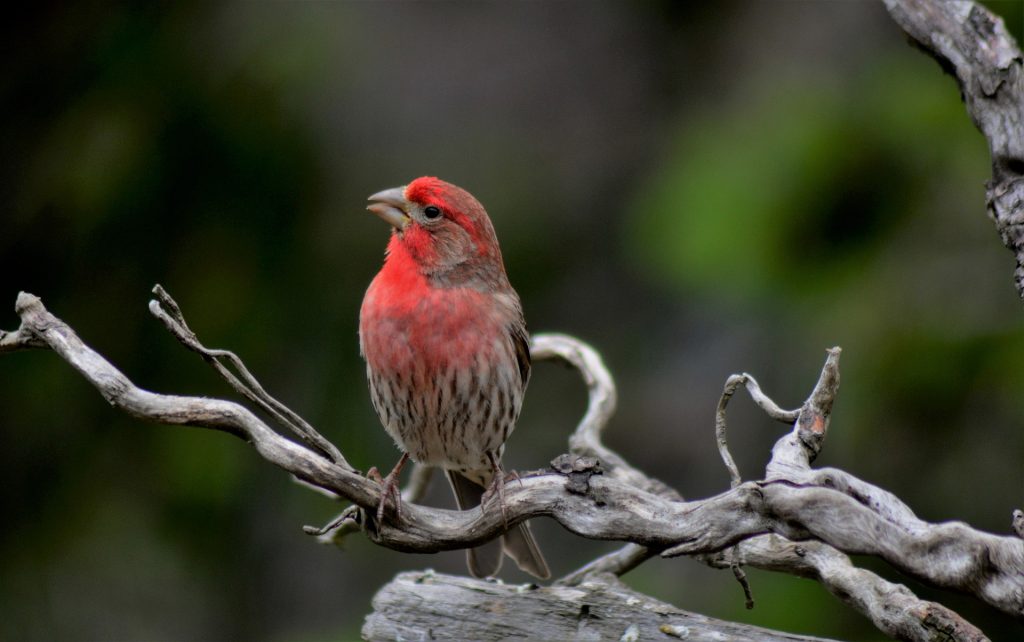My recent epiphany about the folk song “Alouette” brought to mind some other bird songs from my childhood—folk songs my Baba Fill taught me in Ukrainian.
One was an action song about a chyzhyk—a siskin or a finch*. Again, in the bliss of ignorance, I didn’t know what a chyzhyk was until I looked it up for this blog post.

Why didn’t I ask my baba? Who knows?
How does the poppy (mak) grow? “Oi, tak, tak.” “Oh, like this, like this.”
Maybe I was distracted by the thought of Baba’s famous poppyseed balabukhy—triangular buns deep-fried to a rich red-brown. Mak and balabukhy definitely took precedence over little birdies.
Baba also used to sing to me about a cuckoo bird that could be heard in the woods, welcoming the spring. Cuckoos aren’t native to my part of Alberta, so I’m sure my Alberta-born baba had never seen nor heard one.
Nor had I, until early one morning on the Isle of Skye, near Dunvegan castle, a couple of decades ago. It was a magical experience, syncopated by the bleating of sheep and a vociferous deep-voiced ram.

Of course, I thought of my baba and the songs my people brought with them when they came to their new land. Nature was much different in Canada than in Ukraine, but the songs lived on. Lucky for me.
What songs to you remember from your childhood? Did you know what the words meant when you sang them? Leave a comment and let me know.
*Fun fact: I don’t remember seeing either finches or siskins when I was growing up in Mundare. Siskins are rather shy, but I’m sure I would have noticed the musical warbles of finches.
I see lots of house finches (siskins, too) at my feeders in Edmonton. Did you know they’re an introduced species? According to the Cornell Lab of Ornithology, they were turned loose on Long Island in 1940 after failed (and illegal) attempts to sell them as caged birds. They’ve since spread across the United States and Canada—even as far north as my chilly city.